# ./crusher --input filename.raw --alsa --bitrate 10
beverly-crusher (build 200) [http://electronoob.com]
Released under the terms of the MIT license.
Copyright (c) 2014 electronoob.
All rights reserved.

aliceazzo has awesomely granted me permission to use her artwork for my project.
This image is not public domain.
Image is © aliceazzo [http://aliceazzo.deviantart.com/].
This project is not quite complete but very close to completion.
I wanted to play about with generation of sound with a microcontroller so I wrote a program to do the conversion and generate a working Arduino sketch automatically.
I was fortunate to find what I consider to be a fantastic audio sample to work with on freesound.org.
The audio sample
This work is licensed under the Attribution Noncommercial License.
http://www.freesound.org/people/Speedenza/sounds/203975/
Demonstration
In the demo it says --input filename doesnt work but thats now out of date, I just pushed a commit to github a few minutes ago providing code for input source file. Saves the hassle of opening your raw audio file in a hex editor and exporting to a header file.. You can now skip that step.
Here I demo the fruits of my labour with the worlds most tiny embedded youtube video (which I think hackasay should fix). This is where I explain in detail how this project works and what one needs to do in order to reproduce the project using their own audio samples.
 Electronoob
Electronoob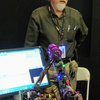
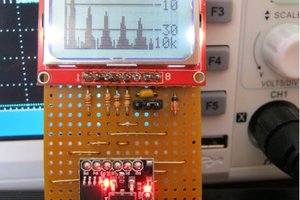
 agp.cooper
agp.cooper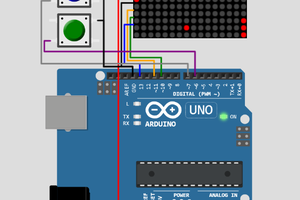
 Paulson K Antony
Paulson K Antony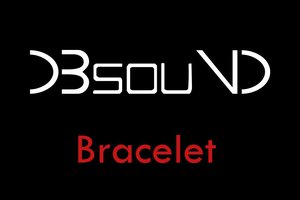
 dBSound Bracelet
dBSound Bracelet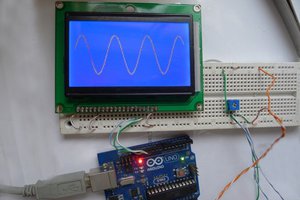
 Andrew
Andrew
You might find this interesting:
https://romanblack.com/BTc_alg.htm